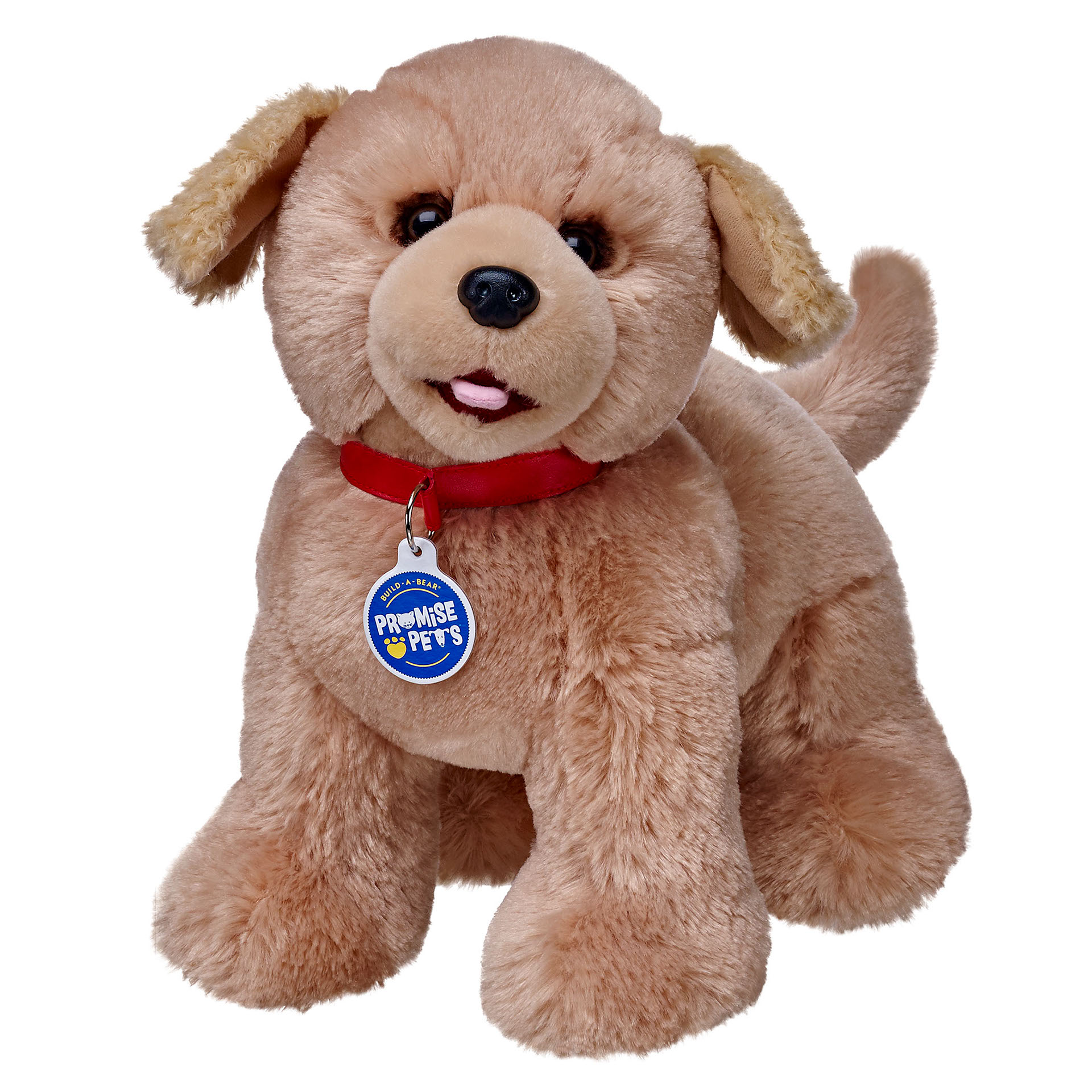About Build-A-Bear Workshop
TD Ameritrade’s platform categorizes Build-A-Bear Workshop’s industry as “Consumer Discretionary: Specialty Retail.”
They pretty much nailed it on the head with that one.
While we’re not crazy about the retail sector, especially as consumers continue to trade and pare down on their spending, although some of the larger retail establishments have a lot to gain in this environment, we are simply dying to know whether or not the market for making a customized plush bear is still intact.
As long as it is thriving and bears are still being built, we can finally sleep well at night.
All jokes aside, Build-A-Bear is a very cool company from our perspective. This is one of those companies that has a very straightforward business model and product focus and as long as children are being children, the business model is also fairly recession resistant in our eyes. With 400 stores worldwide, including the United States and other franchised locations throughout Africa, Europe, Asia, Australia and other regions of the world, this company has a much larger global presence than we initially anticipated.
Build-A-Bear enables children the ability to customize, stuff and take home their new furry confidants.
The company makes money by selling plush products of all shapes and sizes both online and in their physical store locations. It is also our opinion that in addition to the sale of products, we also think the company sells an experience that is attractive to children and possibly their parents as well.

Nonetheless, that’s Build-A-Bear in a nutshell.
Let’s move onto the true standard of what it means to be a bear worth buying and try to decide whether investors should be bullish or bearish on the company’s stock, its future execution and performance.
Build-A-Bear’s stock financials
Trading at a share price of around $24, Build-A-Bear has a market capitalization of $370.97 million, a price-to-earnings (P/E) ratio of 7.75 and doesn’t currently offer its shareholders an annual dividend.
So far, Build-A-Bear’s stock isn’t looking too bad on the valuation front, as it is trading far below fair value or what it’s worth paying for today.
Moving onto the company’s balance sheet, Build-A-Bear’s executive team manages around $266.3 million in total assets along with approximately $172.6 million in total liabilities, which indicates that the executives have done an excellent job at keeping the company asset-heavy and keeping its overall liabilities in check, which is an especially desirable quality as we are in the midst of the early stages of a recession.
As it relates to the company’s income statement, Build-A-Bear’s reported total revenue has been growing at a solid pace, especially with the addition and adoption of its online store and partnerships with characters and franchises that are especially well known to children. To provide some scale, the company’s total revenue in 2019 stood at $336.5 million and as of its last report has climbed to $411.5 million (2022).
We’re pleased to see that the company’s revenue figures haven’t been largely impacted by factors such as COVID-19 as well as parents tightening their budgets during the recent (and current) record-high periods of inflation.
It’s also an indicator that our hunch regarding Build-A-Bear being a recession resistant company is true; we’re just happy that there was some data to back this up.
According to the company’s cash flow statement, its net income has fluctuated quite a bit over the same time period, which isn’t exactly abnormal for specialty retail entities or retailers in general, as there are a trove of variable costs that these companies have to manage in order to merely survive, let alone thrive.
Some years the company reported negative net income and others the company reported positive, but what is somewhat assuring is that ultimately the company’s total cash from operations has been positive since 2019, which makes us happy campers.

What’s good about Build-A-Bear’s business model as opposed to others in the general retail sector is that, we assume at least, margins can be fattened since they operate in the specialty space and offer the custom plush toy experience by themselves, although there are smaller competitors that we’re sure its executives keep tabs on.
Nevertheless, pricing power is a good perk to keep in mind as a potential investor in the company’s stock.
Build-A-Bear’s stock fundamentals
Another perk of being at the top of the custom plush toy space is being able to out-profit the competition.
On average, Build-A-Bear does just that.
For example, the company’s trailing twelve month (TTM) net profit margin currently stands at 11.4% to the industry’s average of 8.21%, which as we’ve seen in previous articles regarding retail companies, is no small achievement.
Additionally, the company’s TTM returns on assets and investment are notably higher than the industry’s average, which can likely be attributed to the company operating in and dominating a specialty industry and sector of the total retail landscape.
Specialization definitely has its advantages.
Should you buy Build-A-Bear stock?
It turns out Build-A-Bear’s core financial metrics are quite compelling and good ones to hold onto while in the early innings of a recession.
With a recession resistant product offering and business model, an asset-heavy balance sheet, strong reported revenue figures and the new possibilities unlocked with tapping into the digital space(s) and partnering with larger, more prominent complementary players in the entertainment industry, we think there is a lot to like about this company’s stock right now.
Therefore, we’re not bearish, although it would’ve been funny if we were, because then we could’ve used that word a bit more effectively.
When in Rome.
Given all of this information, we give Build-A-Bear’s stock a “buy” rating.
DISCLAIMER: This analysis of the aforementioned stock security is in no way to be construed, understood, or seen as formal, professional, or any other form of investment advice. We are simply expressing our opinions regarding a publicly traded entity.